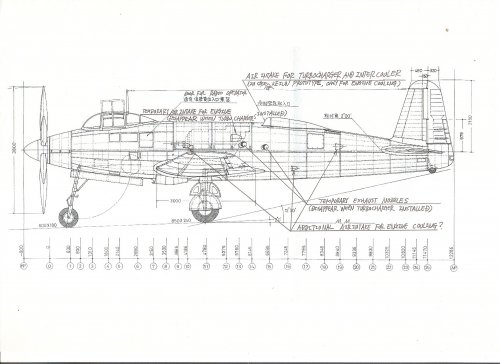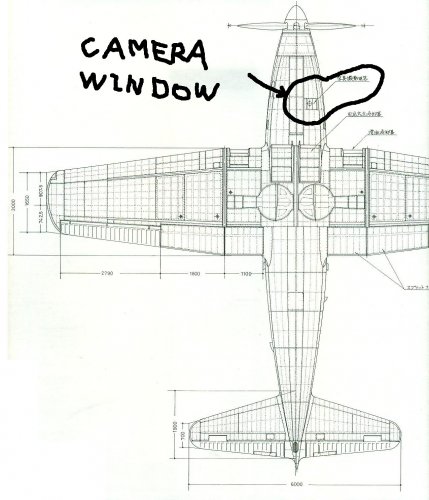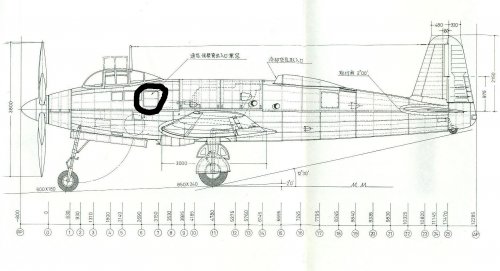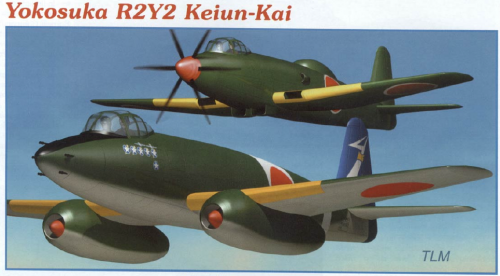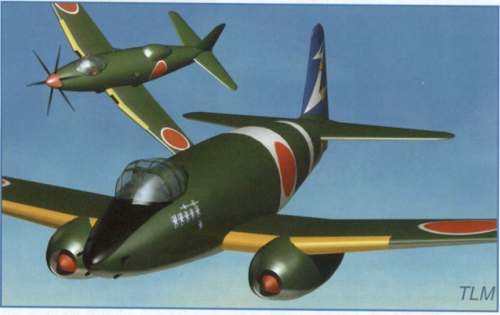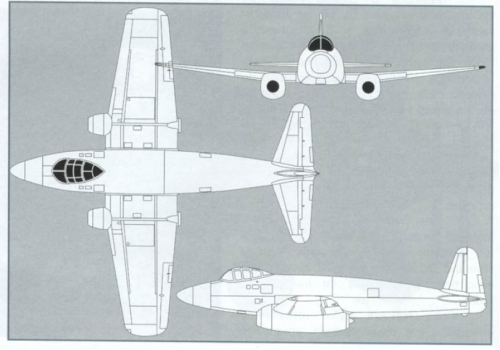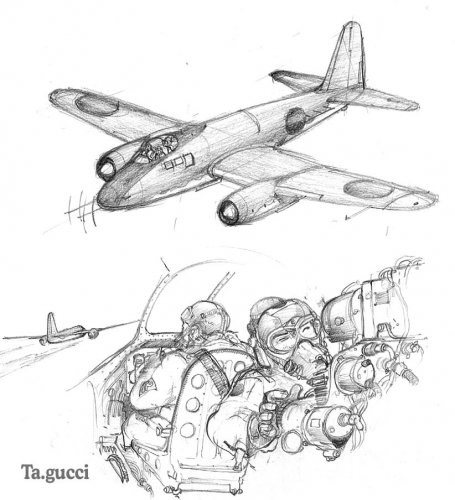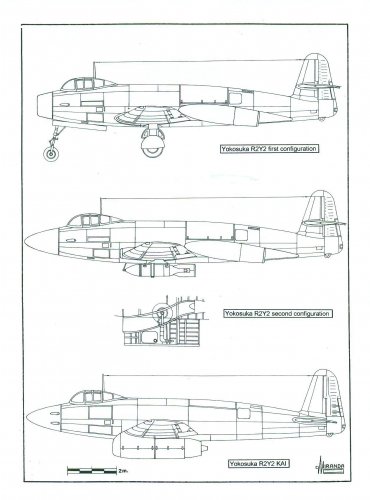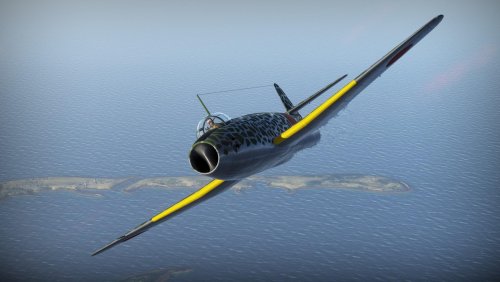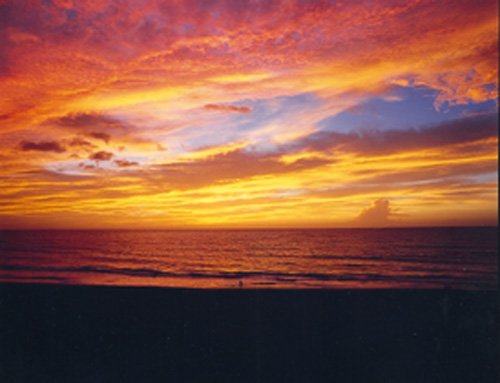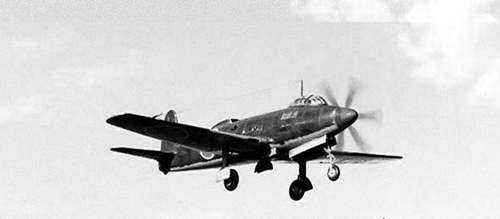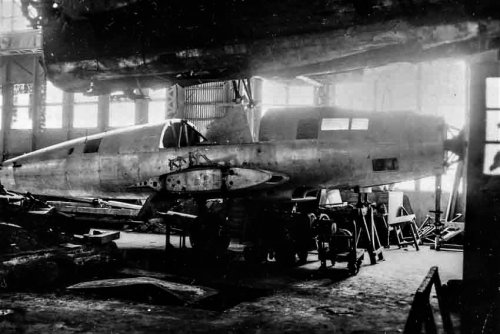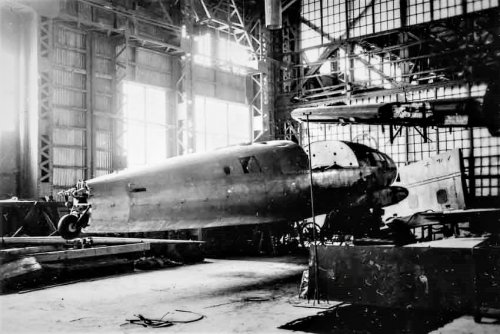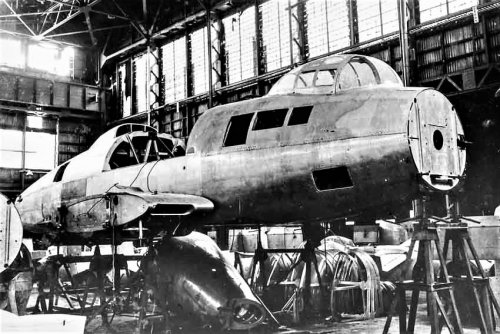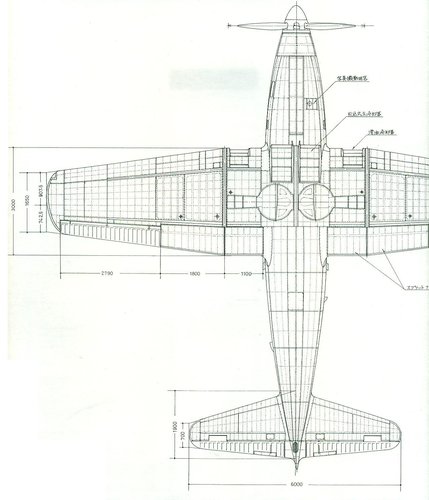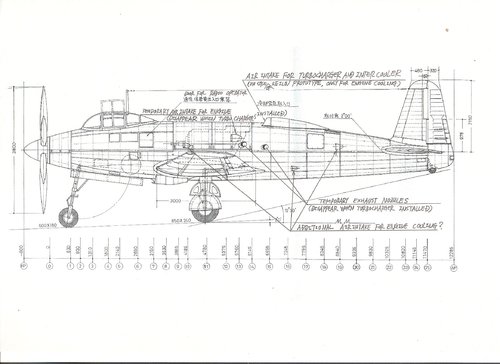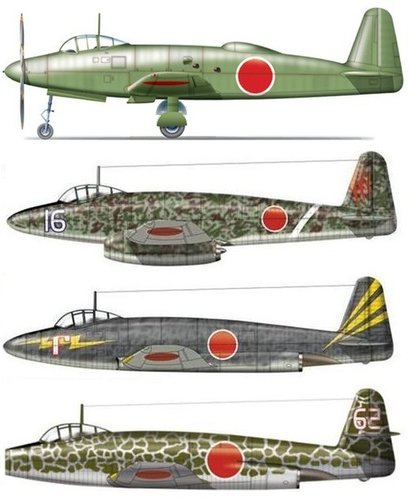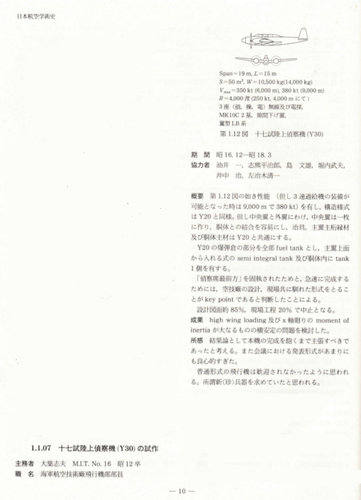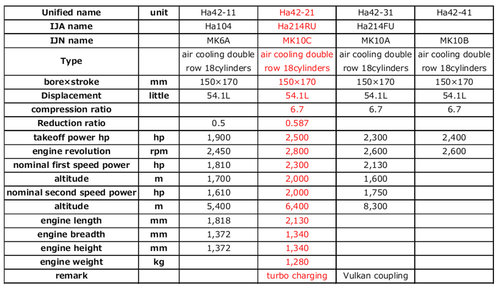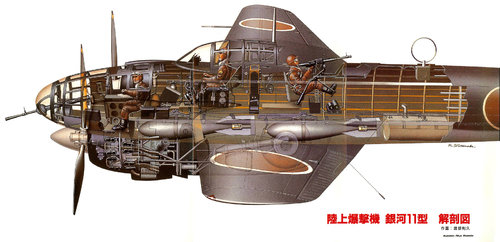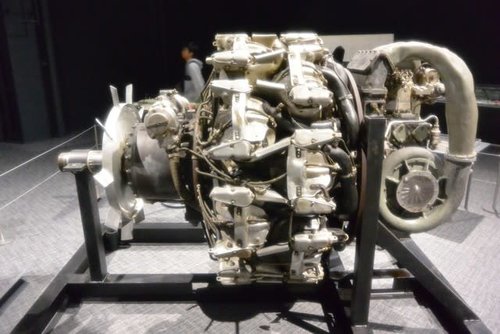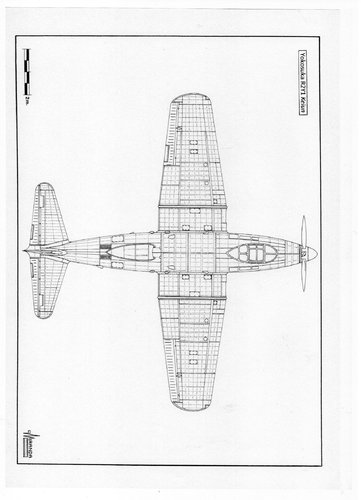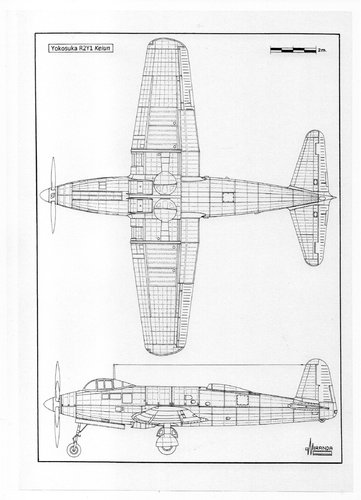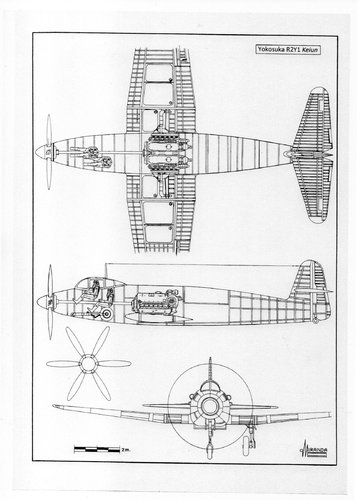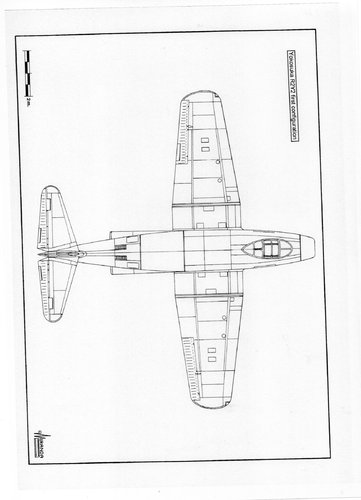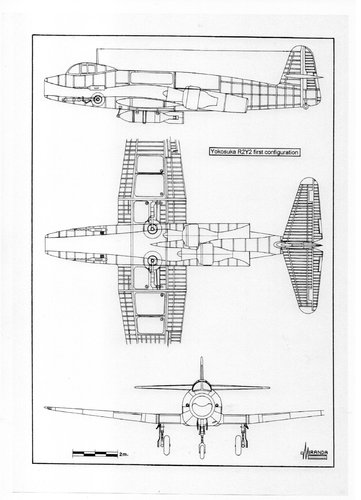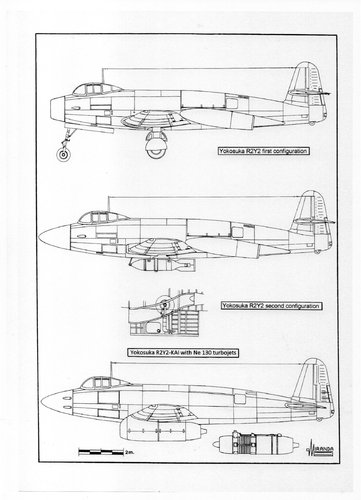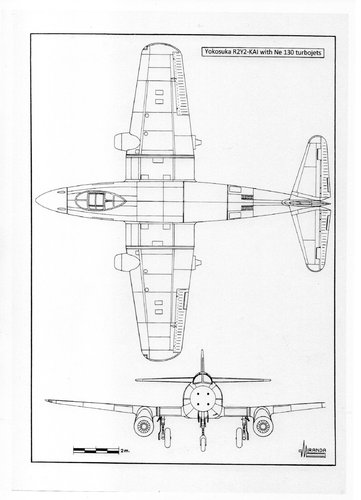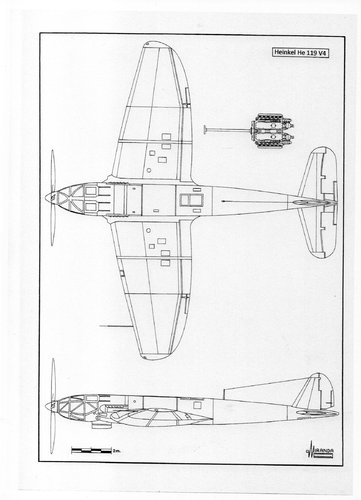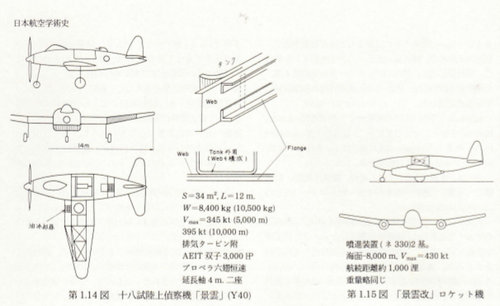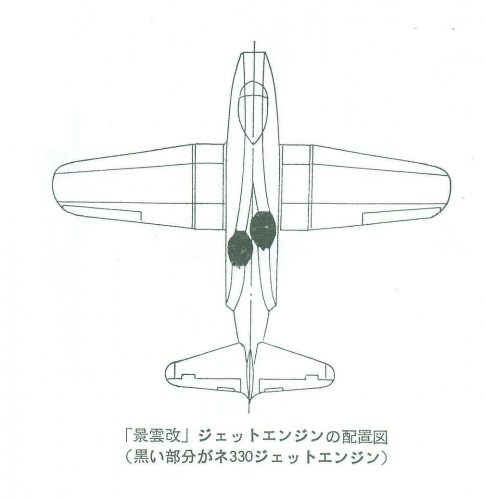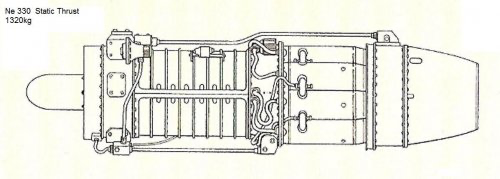Wow super news again!!
Although it was used in the navy, having diverted the ship airplane also to reconnaissance on a land base, It interfered with strategy by not having an exclusive reconnaissance plane by battle on the vast China continent, and the 17 shi land reconnaissance plane "Gyoun" (R1Y1) was inaugurated as the plan Y30 in Kugisho in the plan by the combat lesson in the Showa 16 fiscal year as a full-scale land reconnaissance plane in which long-distance forcible reconnaissance is possible. However, it would ride on the victory of the beginning of a game, as for this machine with which too much high performance was demanded, necessity would also fade by sudden change of the war situation, a small aircraft in which forcible reconnaissance is possible will come to be desired by high altitude, and the plan Y30 will be called off after all. Although Y40 aiming at the high altitude forcible reconnaissance which should be replaced with these Y30 is the same, the first design was started by the Masao Yamana technical lieutenant colonel and the plan was furthered after that as an 18 shi land reconnaissance plane "Keiun" (R2Y1) by Kugisho in Showa 18(1943) by making Yukio Otsuki technical lieutenant colonel into a specialist designer, The performance which the navy authorities demand was that the maximal speed of 400 knots (740 km/h) faster than any operating fighter at the day, and the cruising range of 2,000 nautical miles (3,700 km).
The design of keiun was based on Heinkel He119, to equip fuselage mid-section with Ha 70-01 (A23 twins type) which combined two Aichi Atsuta 30 type water cooled engine in parallel, and had contra rotating three blade propeller at the nose of an airplane which were rotated by 4m length extended shaft. It was presupposed that there was a difficulty also technically and an unusual form like a single-engine plane was calmly adopted as 6 blade propeller at a glance also from the practical aspect.
The fuselage had simple thick plate stress skin structure, new mechanisms, such as an integral tank of special structure adoption, a triad landing gear, and thin wings for high-speed, were tried, and since it was an object for high altitude, equipment of the turbocharger and the pressurized cabin was planned.
However, the trial production stop was determined in the autumn of Showa 19 (1944) by the model reduction by war situation urgency.
However, "Keiun-kai" (R2Y2) which equipped with two Ne330 turbojet engine, and it converts into a high speed attack and a bomber was planned, and the No. 1 trial production of "Keiun" completed by Kugisho in April, Showa 20 (1945) in order to obtain the data for Keiun-kai.
The first flight test carried out without turbocharger, because of turbocharger manufacture delay.
But, when the second test flight May 1945, the twin type "Atsuta" engine damage by fire of the engine, and has been destroyed by the air raid at the Kisarazu airfield late in July while preparing replacement of the engine.
In the time to require an emergency in wartime, criticism that having forced development of the airplane which has many problems also technically like Keiun has resulted in wasting the labor of group of technical experts in vain cannot be denied.
Gyoun(暁雲) means dawn clouds. Clouds at dawn.
Saiun(彩雲) means (rainbow) colored clouds.


